Introduction to the unique flavor of citrus acid and chrysanthemum tea in Vivetta Nanguo-Lipotad Cooperative
For professional baristas, please follow the coffee workshop (Wechat official account cafe_style)
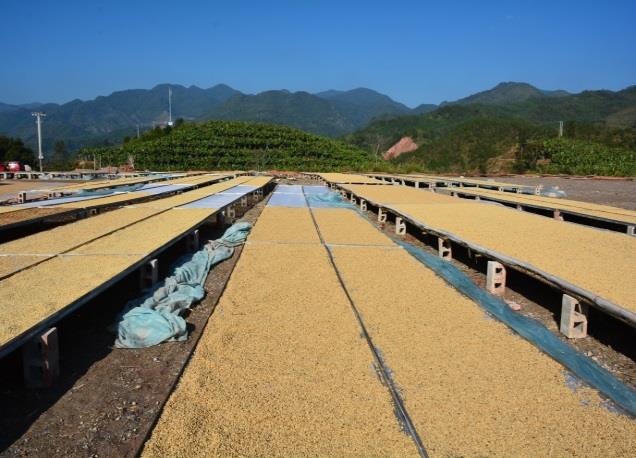
La Libertad Lipotad Cooperative of Vivette Nanguo, Guatemala
Coffee has saved Guatemala's economy in the past century. It is estimated that there are about 120000 producers, accounting for 40% of agricultural exports. As many as 20 of 22 provinces are engaged in coffee cultivation. Almost all areas have coffee beans, 98% are shaded by trees, and are almost monopolized by Arabica beans. The main secondary varieties are Bourbon, Tipica, Caturra, Catua í, Pache and Pacamara.
Let's learn more about Guatemala. High altitude and 300 different microclimates, coupled with stable rainfall and mineral-rich fertile soil, contribute to coffee cultivation and are ideal among Central American countries. Since the early 1990s, Anacaf é has taken the lead in dividing eight different producing areas for producing alpine hard beans (SHB) according to the characteristics of coffee, growth climate, soil quality and altitude. They are: Arcatel Nango Valley (the Acatenango valley), Antigua (Antigua), Attilan (Atitl á n), Koban Rain Forest (Cob á n), Farrakhan Nice Plain (the Fraijanes plateau), Vivette Nango (Huehuetenango), New Oriental (Nuevo Oriente), San Marcos volcanic area (San Marcos). The main harvest season is from December to March of the following year, while higher altitude producing areas such as Vivette Nanguo can be harvested until April. As long as the harvest is completed, the goods will be shipped, usually during the period from April to July.
Vivette Nanguo is a major coffee town in the northwest. Since ancient times, Antigua and Antigua are two important producing areas in Guatemala. Vivette Nanguo is world-famous for its meticulous citrus acid and special chrysanthemum tea flavor. Vivette Nanguo is rich in landforms, including mountains, hills and volcanic slopes. Coffee grows on volcanic slopes above 1900 meters above sea level, with annual rainfall of about 4000 mm and average temperature of 25 degrees.
The Guatemala slow growth campaign aims to support small-scale producers to preserve traditional crop varieties. The farms under the conservation movement must be small-scale producers and must be above 1500 metres above sea level. There are currently four core cooperatives, including the two different communities of Lalipotad La Libertad and Todos Santos Todos Santos, with approximately 150 small growers.
The slow growth movement, according to the literal meaning, knows that this is in the hope that coffee will slowly grow and fully absorb all kinds of nutrients, so as to improve its quality and traceability, which is the same as Taiwan's agricultural production resume. they are all small-scale peasant programs that farmers promise to be responsible for themselves.
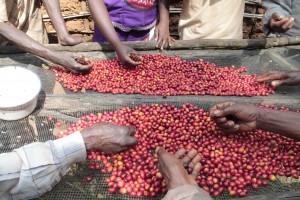
Property Characteristics: farm characteristics
Name of Farm Farm: La Libertad Larry Potad Cooperative
Region producing area: Huehuetenango Vivette Nanguo
Country country: Guatemala
Altitude altitude: 1900 m
Coffee Characteristics: coffee characteristics
Variety varieties: Caturra, Catuai Kadurakadua
Processing System treatment: Fully Washed and dried on patio is washed and dried on the scaffolding
Grade level: SHB
Total pounds of Pounds: 2250 pounds
Appearance size: 17-18 Screen mesh
Top Jury Descriptions judge's comment: the baking degree measured by the cup for 60 seconds at the beginning of the first explosion (Cinnamon)
Aroma aroma / flavor flavor: hazelnut, caramel, cinnamon, milk chocolate, raisin, honey
Acid: lemon, lime, rough acid, not soft and meticulous
Complex complexity and other other: lemon black tea aroma, a variety of sweet cherry, apple, peach presentation, smooth taste, lingering nectar so that we all like
Overall style attribute: sweet, smooth taste, sweet and sour crisp
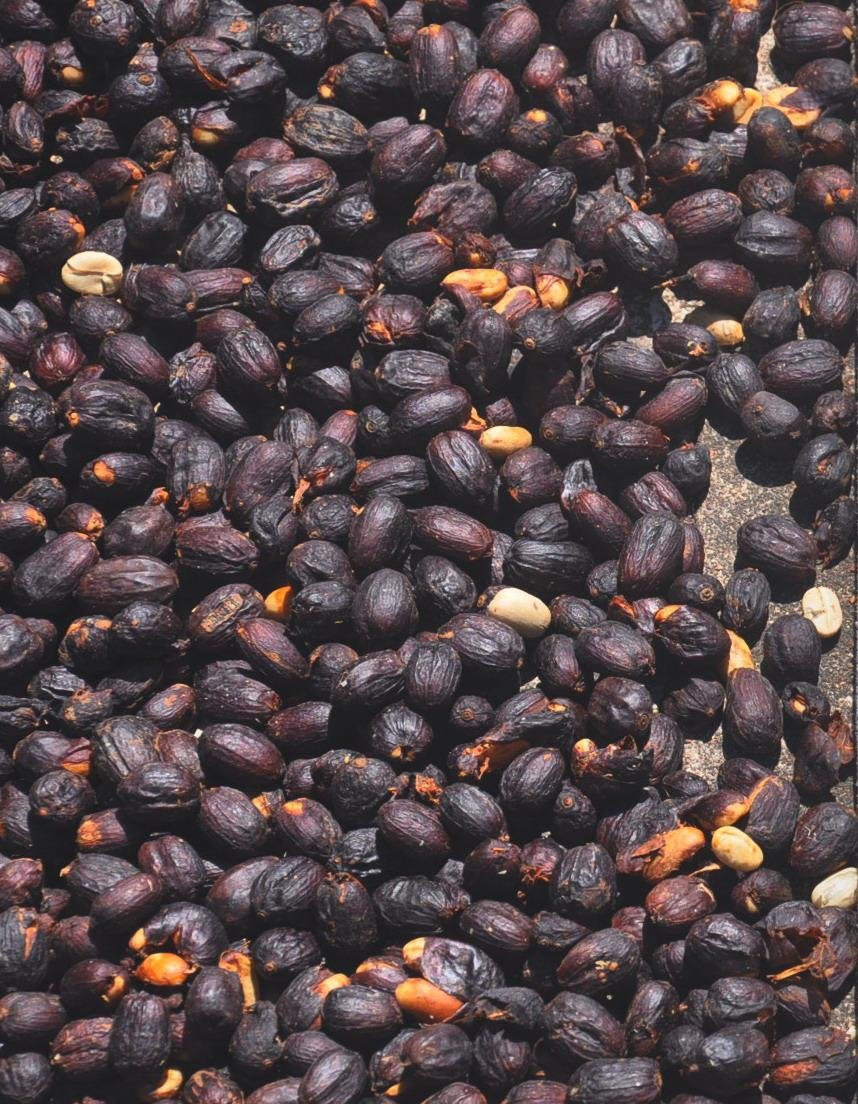
Cup test date: 2013.07.11
Dry aroma: 8
Wet aroma: 9
Clean: 8
Sweetness: 9
Acid quality: 9
Palate: 9
Flavor: 9
Yu Yun: 8
Balance: 8
Overall: 9
Cup test score: 86
Important Notice :
前街咖啡 FrontStreet Coffee has moved to new addredd:
FrontStreet Coffee Address: 315,Donghua East Road,GuangZhou
Tel:020 38364473
- Prev
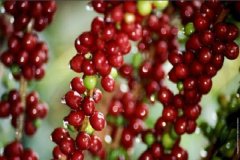
Several problems of Coffee Bean Competition how to treat the score of Cup Test Competition
For professional baristas, please follow the coffee workshop (Wechat official account cafe_style) 1. If Costa Rica and Yemen are used to evaluate the degree of balance and cleanliness, Costa Rica must have a higher score, so this form system cannot allow some beans with special flavor to be compared. Inconsistency of reviewers @ every reviewer in each country has a different taste.
- Next
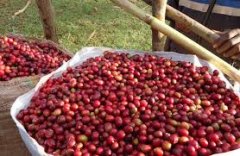
COE Competition details the far-reaching impact of COE Coffee Competition on Coffee Industry
For the exchange of professional baristas, please pay attention to the coffee workshop (Wechat official account cafe_style) what are the COE bidding batches? in general, our common competition beans are marked with the COE,COE (Cup Of Excellence) international coffee cup test. The COE judge is the most credible in the top coffee competition, and the best ones who can stand out from the strict competition are the best quality in that country.
Related
- Beginners will see the "Coffee pull flower" guide!
- What is the difference between ice blog purified milk and ordinary milk coffee?
- Why is the Philippines the largest producer of crops in Liberia?
- For coffee extraction, should the fine powder be retained?
- How does extracted espresso fill pressed powder? How much strength does it take to press the powder?
- How to make jasmine cold extract coffee? Is the jasmine + latte good?
- Will this little toy really make the coffee taste better? How does Lily Drip affect coffee extraction?
- Will the action of slapping the filter cup also affect coffee extraction?
- What's the difference between powder-to-water ratio and powder-to-liquid ratio?
- What is the Ethiopian local species? What does it have to do with Heirloom native species?

